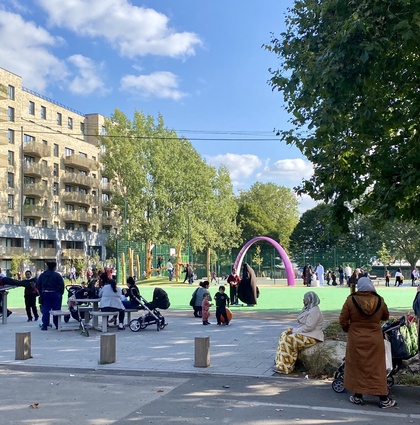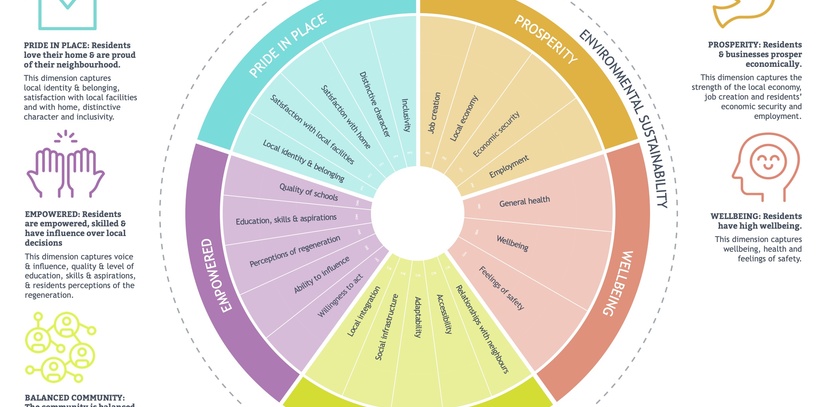

When we set up Social Life ten years ago our intention was to understand the social impacts of change in the built environment on residents and on local communities. We wanted to understand how change affects on our perceptions of place, our sense of belonging, of safety and neighbourliness, on wellbeing, social capital and local social relationships - as well as the consequences for inequality and life chances and opportunities.
From our work on social sustainability and social value we’ve developed a model of post-occupancy (and mid-scheme) evaluation that centres on residents' lived experience. We’ve been doing this for ten years and this is now a tried and tested approach. We know it can give regeneration teams, planners, developers, architects and designers, community organisations and engagement teams insight into the detail of the impact of change on daily life. And we’ve seen how plans and strategies have changed to deliver better outcomes on the basis of our work.
We’re building a growing body of evidence about what regeneration means for residents in four London council estates going through regeneration: the Aylesbury Estate in Southwark, Grahame Park in Barnet, the South Acton Estate in Ealing and Woodberry Down in Hackney.
We started working in these four estates almost ten years ago. We’ve carried out two social impact assessments on the Aylesbury Estate, three in South Acton with a fourth starting in October, and various projects in Woodberry Down and Grahame Park (we’re just finalising social impact assessments that we started earlier this year in both places).
We’ve documented the impact of regeneration, of demolition and rebuilding, as older council estates are incrementally rebuilt at greater density with higher proportions of private ownership. We’ve seen the consequent change in local populations, in incomes and life experiences, as more affluent residents move into private homes. And how, in parallel, more vulnerable and disadvantaged residents have moved into temporary accommodation in blocks waiting to be demolished. We’ve witnessed the impact on community relationships as longstanding networks and friendships are disrupted by change.
The social sustainability framework that underpins our work grew out of a commission from the Homes and Communities Agency (now Homes England). We have evolved the framework to be more flexible and sensitive to resident opinion, codesigning indicators with agencies and communities. We've used it on high streets and for new developments as well as big regeneration schemes. We want to use it more at the start of major regeneration schemes, so we can work with design teams and planners to shape their work. We have seen too often the problems that happen when this sort of thinking is left to the later stages.
This is a form of post occupancy evaluation that centres on social value and residents lived experience. With new policy and political interest in house building in new towns and town extensions – and the possibility of a radical change in approach after the next election – we need to understand better what works for community and individual wellbeing when we build new homes at scale. This was the key question when we set up Social Life in 2011 and continues to be at the centre our work.
